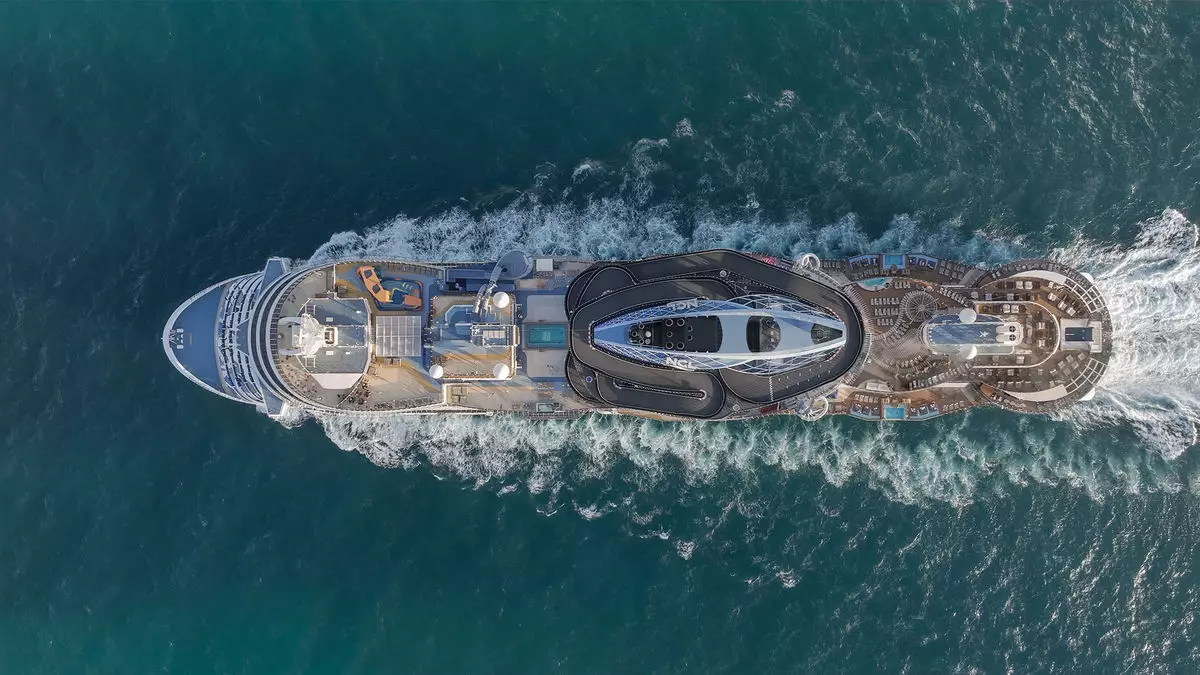The cruise industry, known for its vibrant and luxurious getaways, is currently facing a myriad of challenges and opportunities that could reshape the landscape of travel. As more cruise lines launch an influx of new ships, concerns about oversaturation arise. Industry experts like Scholes warn that an excessive number of vessels could diminish the overall demand for cruising, impacting pricing strategies and profitability across the fleet. This article delves into the intricate dynamics of the cruise sector, evaluating potential pitfalls, market trends, and consumer behavior that may affect its future.
The excitement around new ships often overshadows the potential consequences of rapid expansion. While cruise lines aim to captivate consumers with state-of-the-art vessels and novel experiences, this strategy might backfire if demand does not keep pace with supply. Scholes cautions that a surplus of ships and private destination offerings can lead to a market saturated with choices, ultimately undermining the value proposition that cruising has historically held. He encapsulates this concern with the metaphor of the “golden goose,” highlighting the fragility of a business model reliant on continuous growth.
The cruise industry’s significant capital investments, coupled with its fixed costs, means that any dip in demand—even a slight one—could resonate negatively through finances. If too many ships are added too quickly, the resulting competition could lead to lower prices and reduced profitability. Such a scenario raises critical questions about the sustainability of current business practices within the industry.
Consumer spending patterns are another vital aspect influencing the cruise sector’s performance. Clayton Reid, the executive chairman of MMGY Global, emphasizes the decline in demand for leisure travel, attributed to rising debt and diminishing savings. This economic pressure suggests that consumers may prioritize their travel choices more cautiously, opting for affordability over luxury. Although Reid believes cruising won’t face immediate repercussions compared to other high-end travel sectors, he foresees potential challenges emerging around 2026 when these accumulating factors may manifest more prominently.
Consumers appear to be asserting their preferences toward budget-conscious traveling. Major cruise operators, particularly those expanding their fleets with large vessels, may find themselves compelled to offer discounts to maintain occupancy rates. This shift in consumer sentiment raises concerns regarding the long-term price stability in cruise offerings, as market equilibrium may need reevaluation moving forward.
The perception of the cruise industry can be heavily influenced by external events, particularly disastrous incidents. Historical events, such as the Costa Concordia capsizing in 2012 and the subsequent fallout from illegal waste disposal fines, remind the industry of its vulnerability to reputational risk. Just one negative incident can spark a wave of bad press, causing consumer hesitance and dropping attendance rates. Analysts opine that these poor performances can significantly derail momentum, raising caution about operational and ethical practices within cruise companies.
Geopolitical tensions also pose a threat, albeit one that the cruise industry has managed to navigate adeptly. The strategic repositioning of ships away from conflict zones—like the exclusion of St. Petersburg from itineraries post-invasion of Ukraine—demonstrates agility in adapting to uncertain conditions. Cruise operators have shown resilience by recalibrating routes and finding alternative ports that continue to attract customers.
Looking Ahead: Stability or Instability?
Forecasting the future of the cruise industry presents a conundrum. As analysts reflect on the unprecedented challenges posed by the COVID-19 pandemic, the industry remains adamant in its recovery. Many insiders believe the worst is behind them, yet caution remains fundamental in discussions about the upcoming years. Analysts continue to emphasize the importance of remaining vigilant against unpredictable adversities that could impact operational stability.
Without a looming economic downturn, a resurgence of a pandemic-like event, or other unforeseeable black swan incidents, the cruise industry appears positioned for potential growth. However, as with any sector, the importance of responsiveness to market conditions and consumer behavior cannot be overstated. The industry’s journey invites both optimism and skepticism, reminding stakeholders of the delicate balance between ambition and the pragmatism required for sustainable success in a competitive landscape.


Leave a Reply